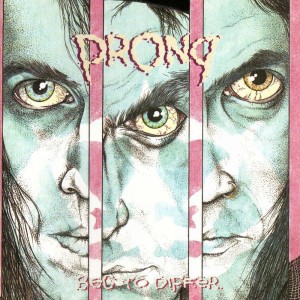 Although for the last decade mainstream society has accepted the more radio-friendly metalcore and post-metal variants of metal, there are signs that civilization is finally facing the importance of underground metal and grindcore, albeit in baby steps.
Although for the last decade mainstream society has accepted the more radio-friendly metalcore and post-metal variants of metal, there are signs that civilization is finally facing the importance of underground metal and grindcore, albeit in baby steps.
First, a study that will make you question your individuality pointed out how people in mosh pits behave like the molecules of excited gasses. The ensuing articles got moshing and moshpit terminology into the minds of the average citizen and seemed to capture the imagination of many.
Then, numerous newspapers reported on a plan to use Napalm Death as a sonic disruptor for an art piece. “The collaboration was designed to be a comment on poverty, with Mr Harrison making sculptures of tower blocks from the band’s home city of Birmingham which would explode as they played, reflecting the breaking down of inequalities.”
Continuing the theme, mainstream media have formally recognized the death metal genre as not only existing, but as having been in existence these past 25 years. A brief overview of Tampa death metal made it onto the wires, complete with incredulity and band names. No one mentioned the Death album found under the murdered guy, but they did capture some of the appeal. “It’s dark, evil, ugly music, and not many communities want to acknowledge that an Obituary record might mean just as much to a lonely teenager as any Tori Amos or Nirvana album.”
While we in the underground have come to expect little from the mainstream — they like love/sex songs with pretty vocals and simple rotating structure — it’s gratifying to see the genres of death metal and grindcore being officially admitted as having endured enough years that they’re not going away, and civilization might as well sigh and make its peace with them.
1 CommentTags: death metal, Grindcore
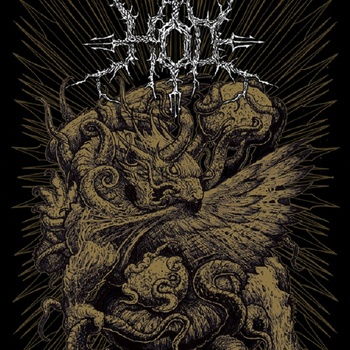 We recently spoke to Hod guitarist Lord Necron about their new demo as well as previous happenings with the band. That interview can be read
We recently spoke to Hod guitarist Lord Necron about their new demo as well as previous happenings with the band. That interview can be read 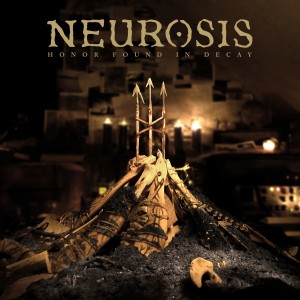 Neurosis got a bad rap among metalheads because most of us got introduced to this innovative band at the peak of their career, when metal journalists and radio were pushing the metalcore trend and wanted us to consider Neurosis part of that movement.
Neurosis got a bad rap among metalheads because most of us got introduced to this innovative band at the peak of their career, when metal journalists and radio were pushing the metalcore trend and wanted us to consider Neurosis part of that movement.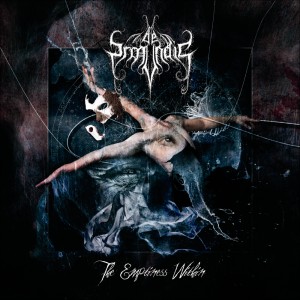 Every age has its conventions that set a target for those who aspire to success. When they achieve a fulfillment of those conventions, the aspirants have entered the elite and expect great reward to follow.
Every age has its conventions that set a target for those who aspire to success. When they achieve a fulfillment of those conventions, the aspirants have entered the elite and expect great reward to follow.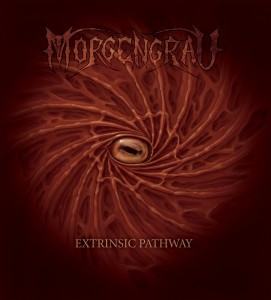 Morgengrau unleash an album described as classic death metal, while in actuality it sounds more like 1980s metal merged with progressive death metal from a decade later. Despite being a relatively new band, Morgengrau includes several experienced players alongside enthusiastic new blood, and the result shows on this thoroughly professional album.
Morgengrau unleash an album described as classic death metal, while in actuality it sounds more like 1980s metal merged with progressive death metal from a decade later. Despite being a relatively new band, Morgengrau includes several experienced players alongside enthusiastic new blood, and the result shows on this thoroughly professional album.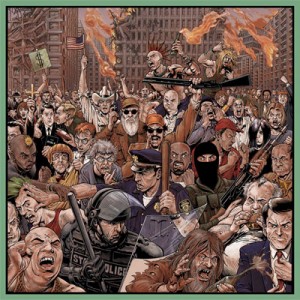 Back in the 1980s thrasher music — a hybrid of punk and metal listened to by skateboarders — was big. In the 2000s,
Back in the 1980s thrasher music — a hybrid of punk and metal listened to by skateboarders — was big. In the 2000s, 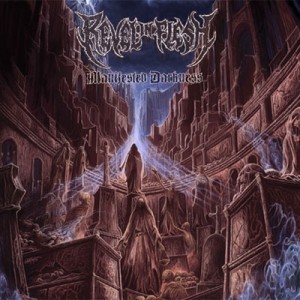 Taking their name from an Entombed song, Swedish-style metallers
Taking their name from an Entombed song, Swedish-style metallers 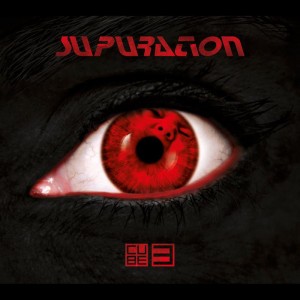 No one doubts the importance of style, but at the end of the day, style is not what makes one album great and others mundane. Like a technique used in painting, style is essential to convey particular meaning, but its inclusion alone doesn’t make the painting great. Only the skill of the artist and the composition of the painting can do that.
No one doubts the importance of style, but at the end of the day, style is not what makes one album great and others mundane. Like a technique used in painting, style is essential to convey particular meaning, but its inclusion alone doesn’t make the painting great. Only the skill of the artist and the composition of the painting can do that.